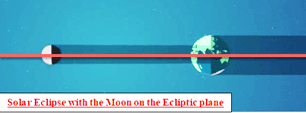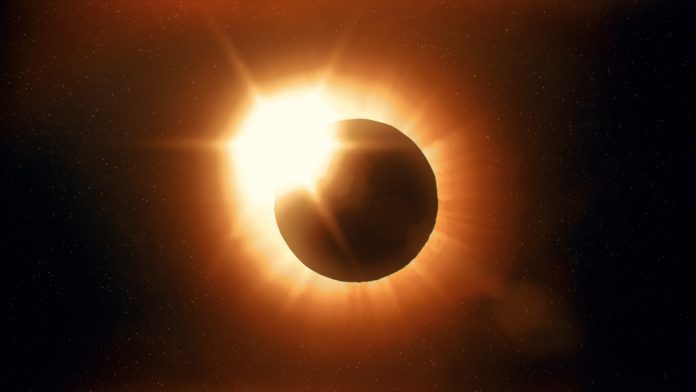Let’s take a trip down memory lane and imagine that our solar system is an old-style music record album with the Sun in the middle and each song representing a planet’s orbit.
As the planets formed at the same time, about 4.6 billion years ago, they were all pretty much level with each other. Astronomers refer to this flat disk as the ecliptic plane.
Now, considering its traumatic birth was the result of a Mars-sized object smashing into Earth, our Moon has never been one to follow the crowd.
First off, over the course of each month, the Moon’s orbit around Earth varies from 5 degrees above the ecliptic plane to 5 degrees below.

A full moon takes place when the Earth is between the Moon and the Sun. If the Sun, Earth, and Moon all line up perfectly, with the Moon smack dab on the ecliptic plane, the Moon will enter the Earth’s shadow and a lunar eclipse will occur.
Conversely, a new moon happens when the Moon is between the Earth and the Sun. If all three align, with the Moon on the ecliptic, the Moon’s shadow will move across the surface of the Earth and a solar eclipse will occur.

The reason we don’t have a lunar or solar eclipse every month is because most of the time, the Moon’s orbit is either above or below the ecliptic plane, which causes the Moon to miss Earth’s large shadow or Earth to miss the Moon’s tiny shadow.
A lunar eclipse occurs about three times a year while a total solar eclipse only happens every 18 months.









